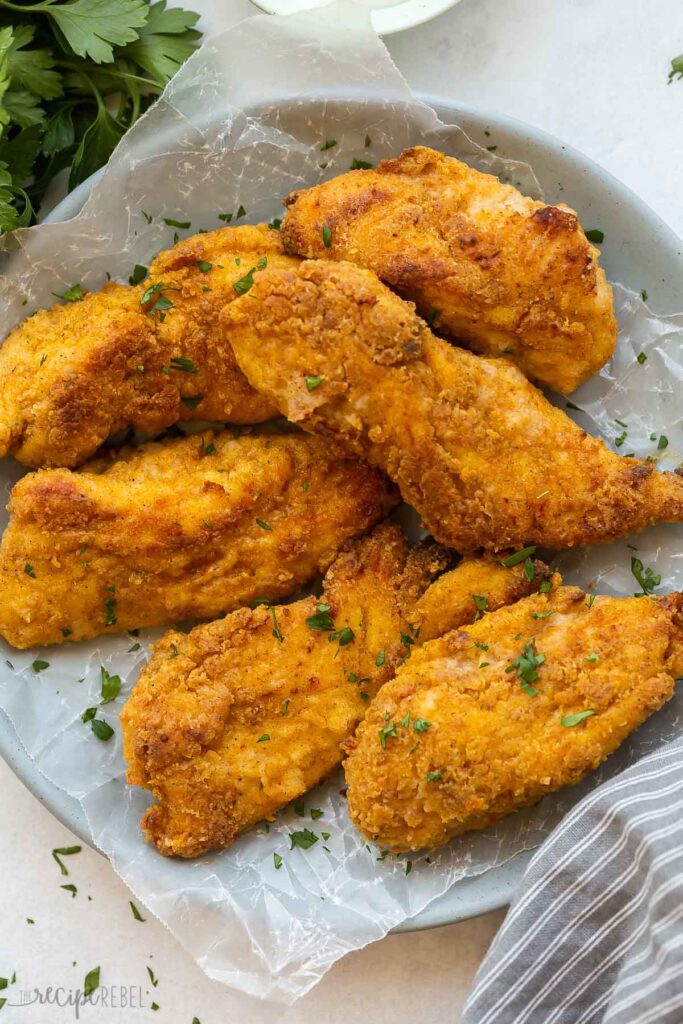Frying can be intimidating for beginners, but it can be mastered with the right approach. Choosing the right oil, using the right temperature, preparing the perfect batter and breading, frying in small batches, and seasoning and draining the food are important steps to achieve perfectly crispy and delicious foods. Oils like canola oil, vegetable oil, peanut oil, and sunflower oil, with high smoke points, are suitable for frying. The ideal frying temperature is about 350°F to 375°F. After frying, let the oil cool down and store it properly to reuse it up to three times.
Frying Done Right: The Key to Perfectly Crispy Foods
Frying can be a tricky and intimidating cooking method for beginners. However, when done right, it can result in perfectly crispy and delicious foods. In this article, we will discuss tips and tricks for beginners to master the art of frying.
Choosing the Right Oil
The first step in frying is to choose the right oil. The smoke point of the oil is crucial in determining whether it’s suitable for frying. Smoke point is the temperature at which the oil begins to smoke and break down, causing a burning smell and taste. Choose oils with high smoke point such as canola oil, vegetable oil, peanut oil, and sunflower oil.
Use the Right Temperature
The temperature of the oil is also essential in frying. If the oil is too hot, the food will cook too quickly on the outside, leaving the inside undercooked. If the oil is too cold, the food will absorb too much oil and become soggy. The ideal frying temperature is around 350°F to 375°F.
The Perfect Batter and Breading
The batter and breading are crucial in achieving a crispy outer layer. For a basic batter, combine flour, baking powder, salt, and a liquid such as water, beer, or milk. For a crunchy breading, mix bread crumbs, Panko, or crushed cornflakes with spices and herbs. Dip the food in the batter or breading until it’s fully coated.
Fry in Small Batches
Frying in small batches is essential to maintaining the oil’s temperature and ensuring even cooking. Overcrowding the pan will cause the oil temperature to drop, resulting in undercooked food. It also prevents the food from sticking together and sticking to the bottom of the pan.
Drain and Season
Once the food is cooked, remove it from the oil using a slotted spoon or tongs, and place it on a paper towel-lined plate to drain excess oil. Immediately season the food with salt and any other desired spices while it’s hot to ensure the seasoning sticks to the outer layer.
Cleaning and Reusing Oil
After frying, let the oil cool down, strain it through a fine-mesh strainer or cheesecloth, and store it in a clean, airtight container for future use. Oil can be reused up to three times if properly strained and stored in a cool, dark place.
In conclusion, frying can be a rewarding and tasty cooking method if done right. By choosing the right oil, using the right temperature, preparing the perfect batter and breading, frying in small batches, and seasoning and draining the food, beginners can master the art of frying. Happy frying!
